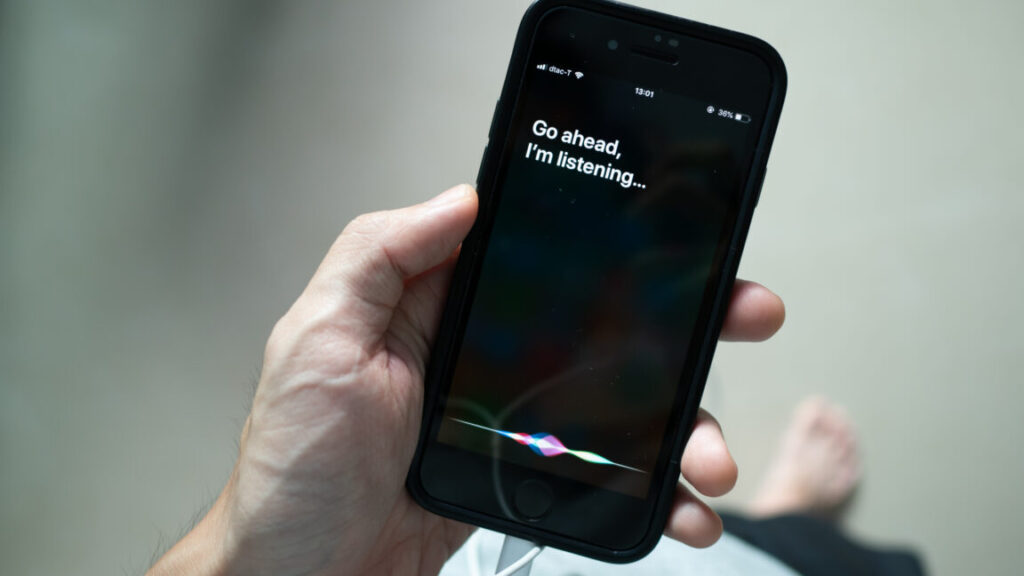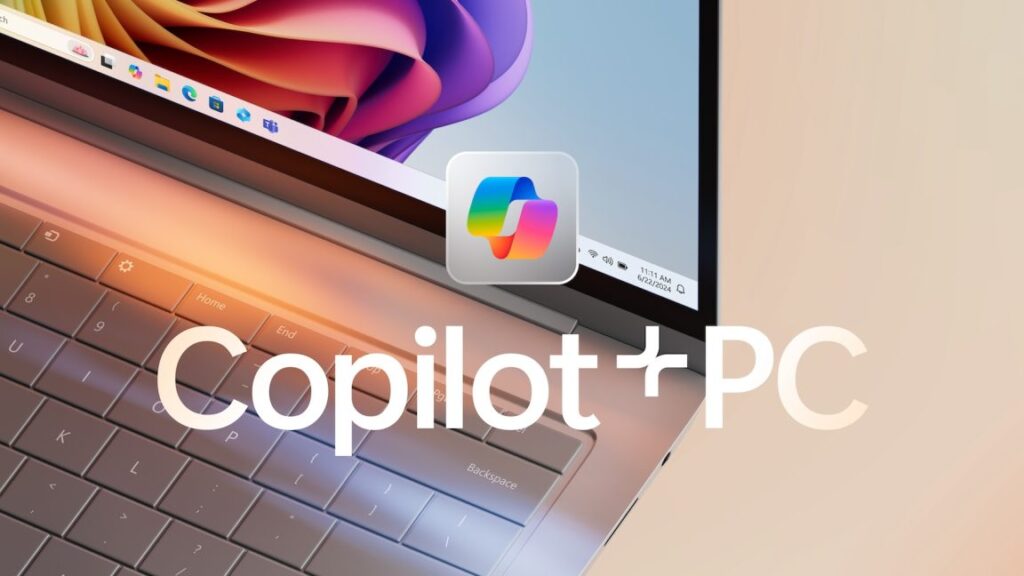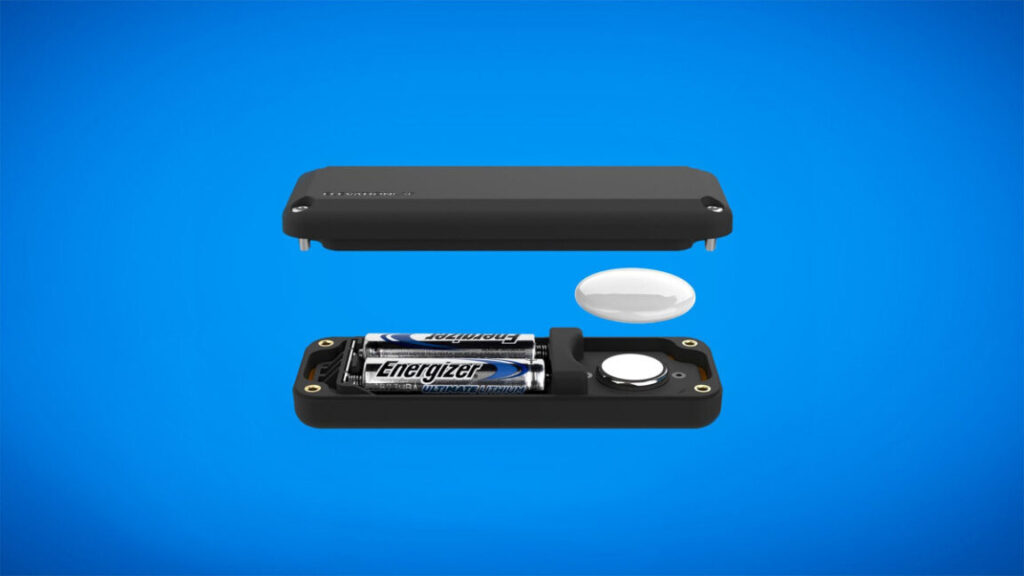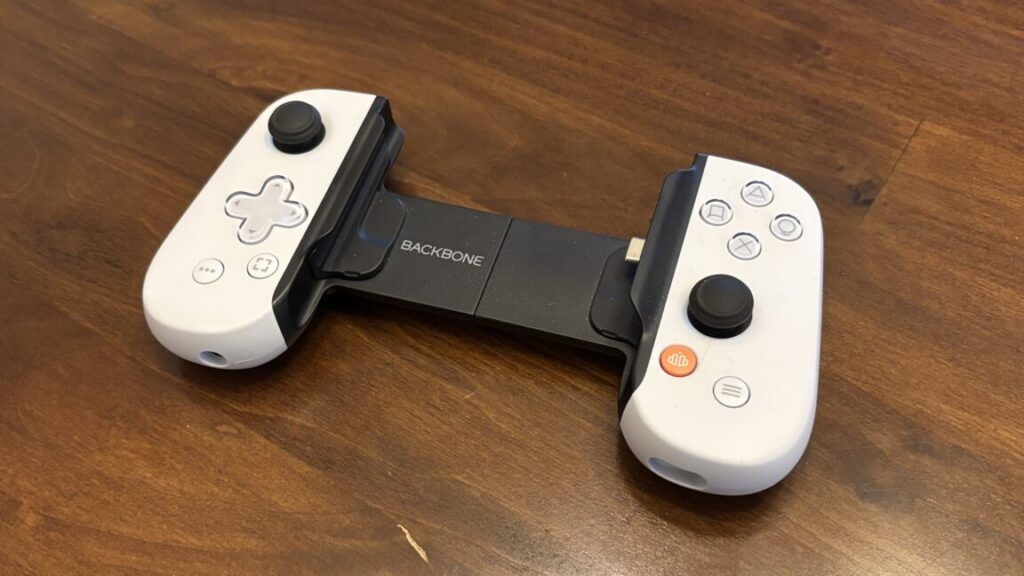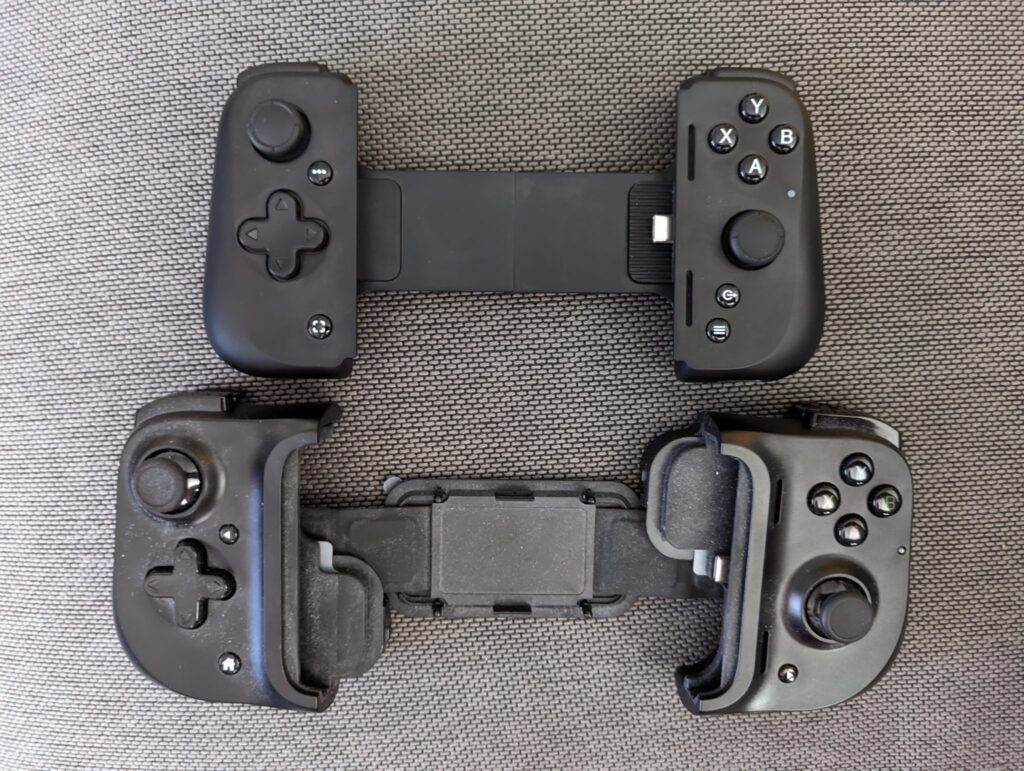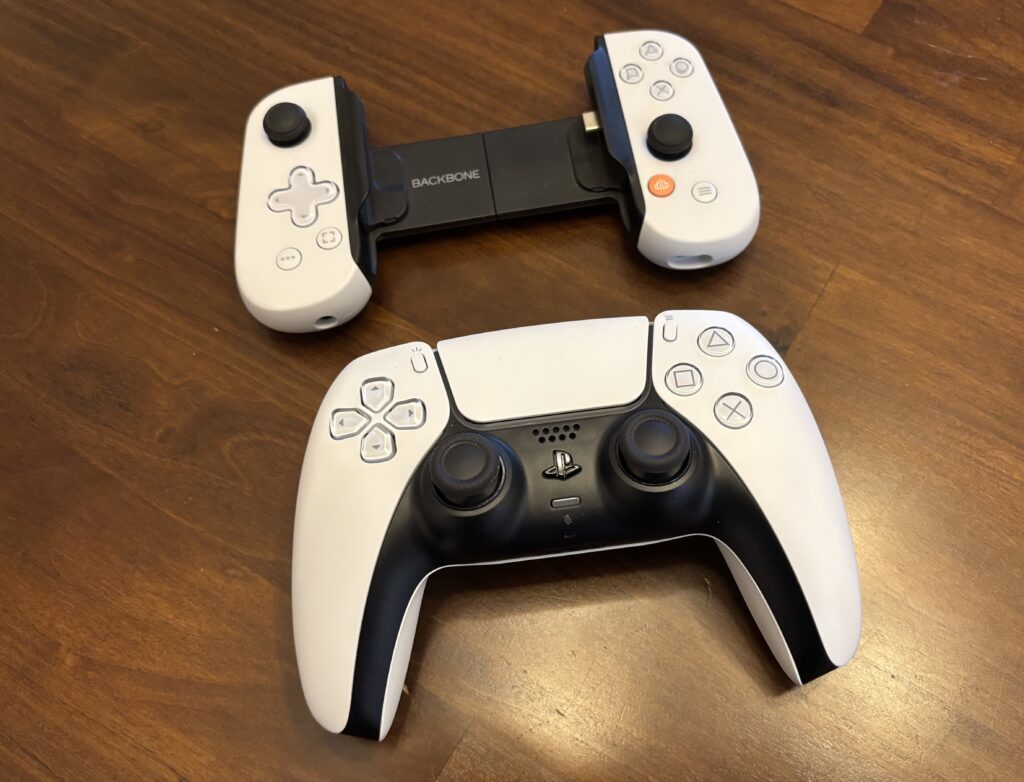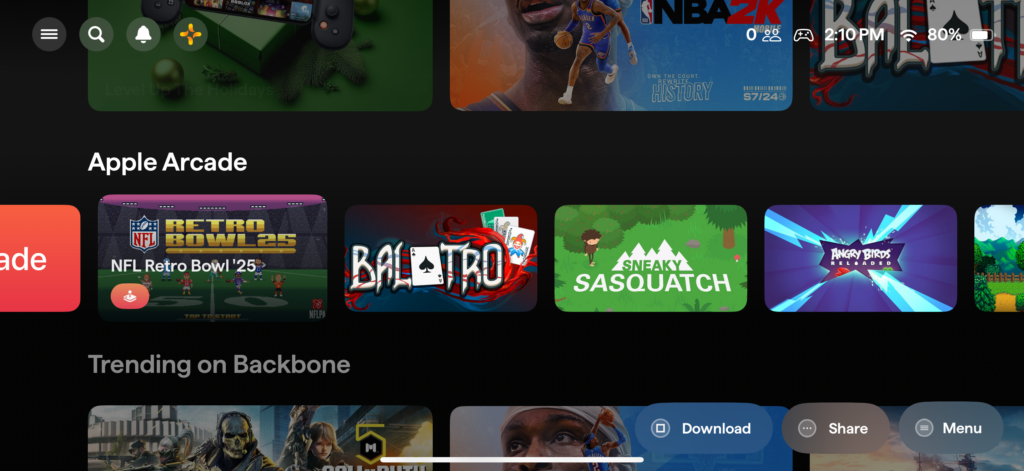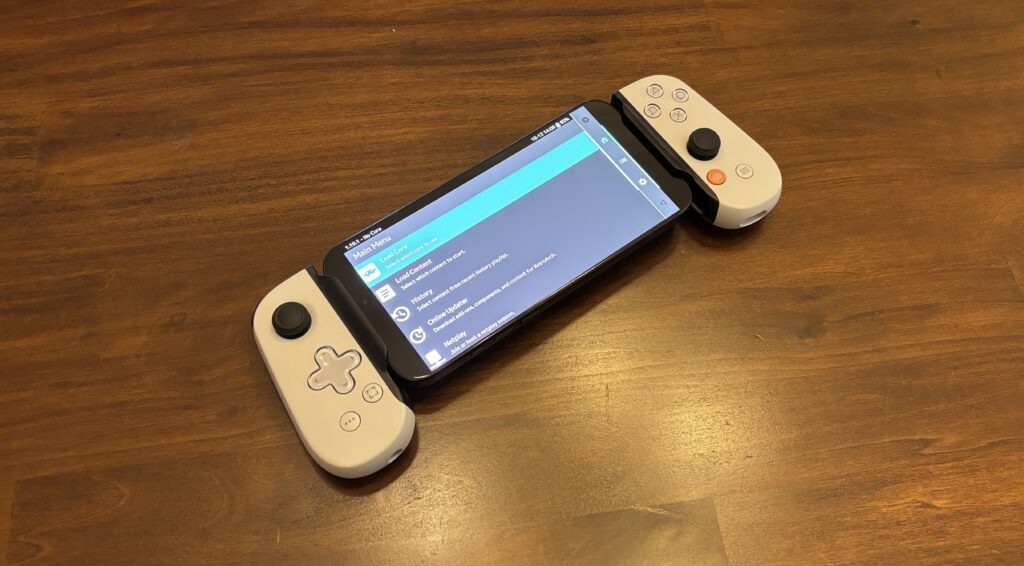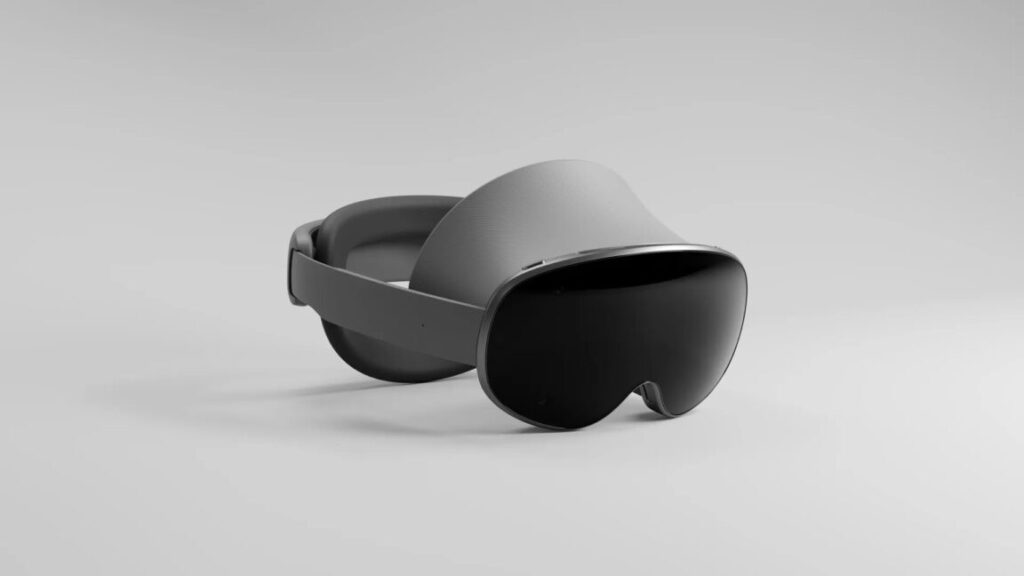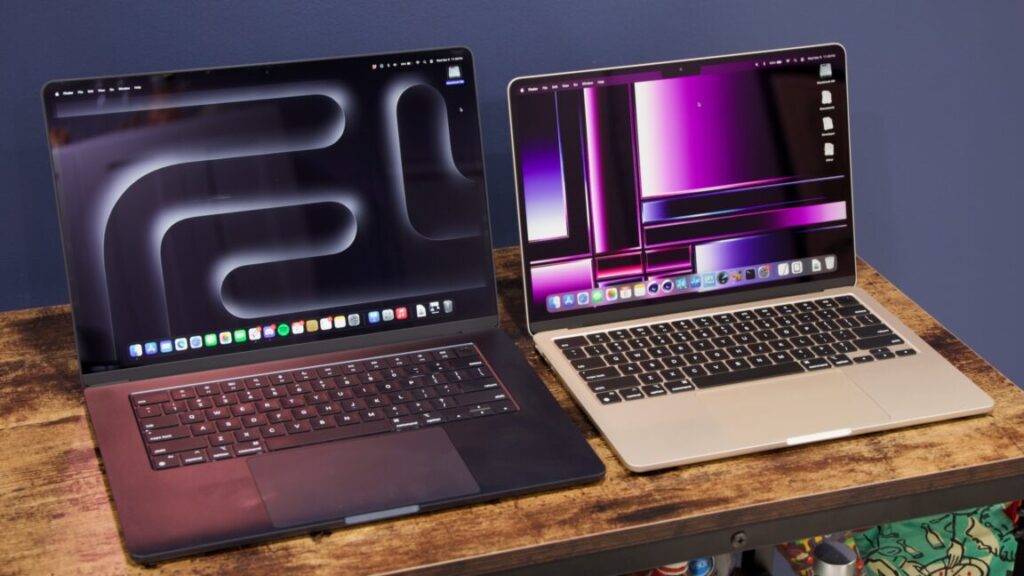USB-C gets a bit more universal as the EU’s mandate goes into effect
Fewer bricks, standardized “fast charging”
The most significant impact this USB-C requirement has had so far is on Apple, which, while initially resisting, has gradually shifted its products from its proprietary Lightning connector to USB-C. Its latest iMac comes with a Magic Keyboard, Magic Mouse, and Magic Trackpad that all connect via USB-C. The firm stopped selling the Lightning-charging iPhone 14 and iPhone SE in the EU after December 28.
People who understand electrical terminology, and live in an EU member country, will soon have a better understanding of how many more cables they’ll need to buy for their newest gadget. Credit: European Commission
In addition to simply demanding that a USB-C port be present, the Directive requires that anything with “fast charging”—pulling more than 5 volts, 3 amperes, or 15 watts—enable the USB Power Delivery (USB PD) standard. This should ensure that they properly negotiate charging rates with any charger with USB PD rather than require their own proprietary charging brick or adapter.
In Europe, devices must indicate on their product boxes whether they contain a charging plug or mid-cord brick. A different label will indicate the minimum and maximum power that a device requires to charge and whether it can support USB PD or not.
Can the EU make cables and cords get along?
The EU’s celebratory post on X is heavy with replies from doubters, suggesting that mandating USB-C as “THE charger” could stifle companies innovating on other means of power delivery. Most of these critiques are addressed in the actual text of the law, because more powerful devices are exempted, secondary power plugs are allowed, and wireless largely gets a pass. “What about when USB-D arrives?” is something no person can really answer, though it seems a vague reason to avoid addressing the e-waste, fragmentation, and consumer confusion of the larger device charging ecosystem.
How the Common Charger Directive will be enforced is yet to be seen, as that is something left up to member nations. Also unproven is whether companies will comply with it across their international product lines or simply make specific EU-compliant products.
USB-C gets a bit more universal as the EU’s mandate goes into effect Read More »


